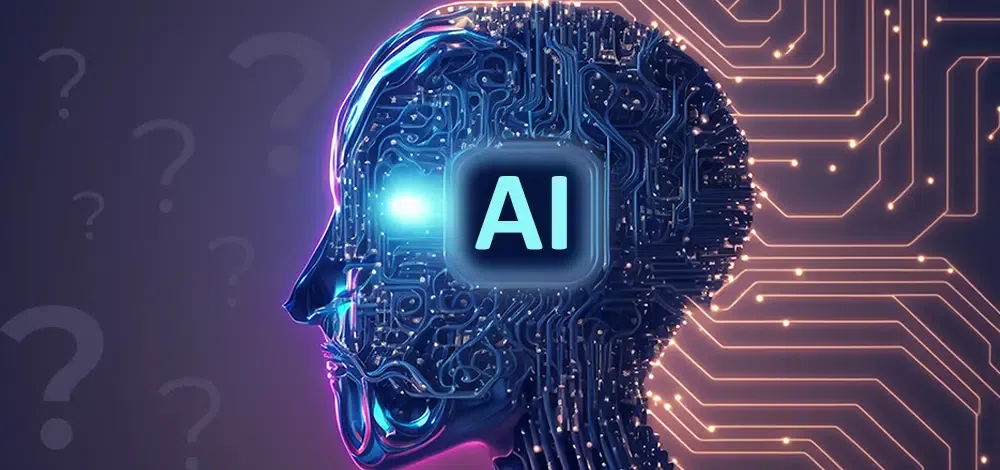The Indiana University Luddy School of Informatics, Computing and Engineering’s Feng Guo, an associate professor of intelligent systems engineering, is creating a new hybrid computing system called “Brainoware” that combines electronic hardware with human brain organoids in order to overcome the technical limitations of artificial intelligence computing hardware.
Massive amounts of energy are used by advanced AI techniques like machine learning and deep learning, which are powered by specialized silicon computer chips. To increase the effectiveness and performance of these technologies, engineers have created neuromorphic computing systems, which are based on the composition and operation of the human brain. Since most of these systems are based on digital electronic principles, their capacity to completely replicate brain activity is currently restricted.

In response, Hongwei Cai, a graduate student at IU, and Guo’s team of researchers have created a hybrid neuromorphic computing system that uses a brain organoid mounted on a multielectrode assay to receive and transmit data. The brain organoids are three-dimensional (3D) cell cultures that resemble brains and are created from stem cells. They have several brain cell types, such as neurons and glia, as well as brain-like features like ventricular zones.
According to Guo, Brainoware processes spatiotemporal information through the neuroplasticity of a human brain organoid, which serves as an adaptive living reservoir for unsupervised learning. Because the organoids offer biological neural networks a particular level of complexity, low power consumption, and quick learning, this approach advances AI computing.
By creating their hybrid computing system, the group showed how brain organoids may significantly improve the capabilities of reservoir computing—a kind of artificial neural network that operates on the principle of storing and recalling data in response to a series of electrical stimulations. Brainoware demonstrated rapid speech pattern recognition and complicated nonlinear mathematical equation solving in a series of tests.
According to Guo, they were able to identify a speaker’s vowels from a pool of speakers by electrical stimulation training. They were able to initiate unsupervised learning of hybrid computing systems through training.
In recent years, Guo has received numerous significant awards in recognition of his innovative work on artificial intelligence (AI) lab-on-a-chip technology and an opioid overdose detection patch. Currently, the goal of his lab is to develop intelligent biomedical systems for applications in life science and translational medicine by innovating AI, devices, sensors, and systems.








